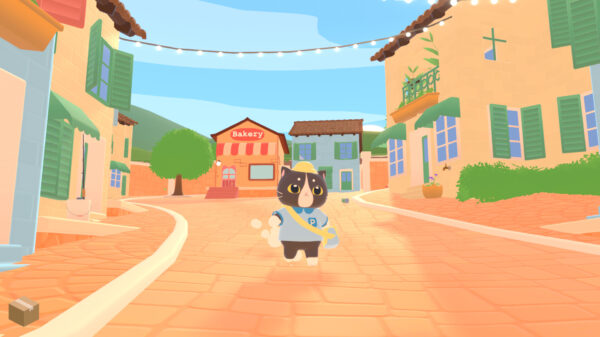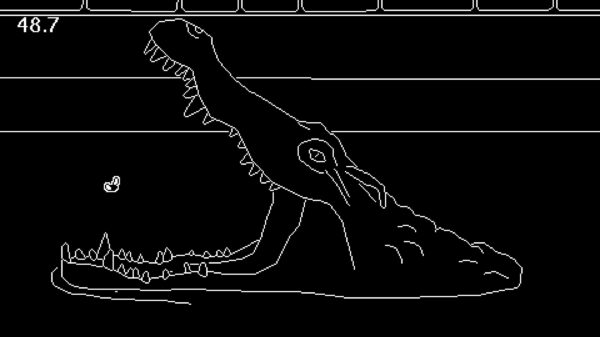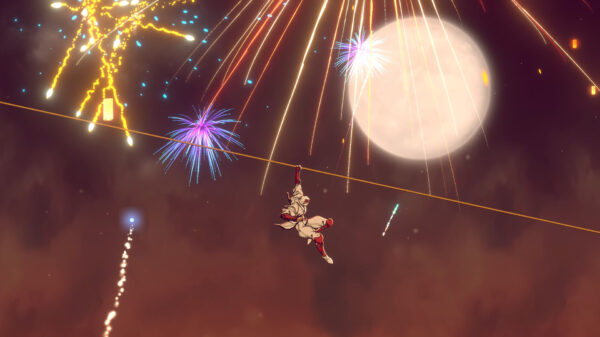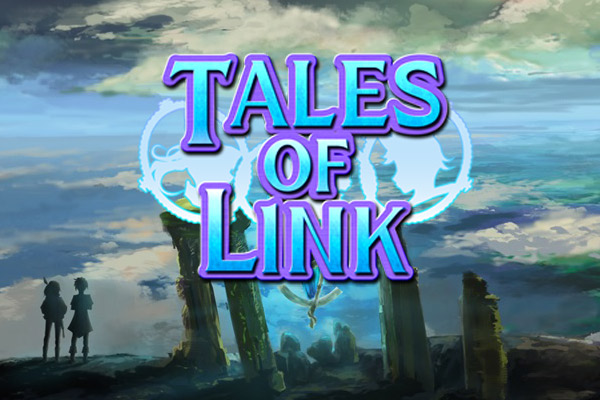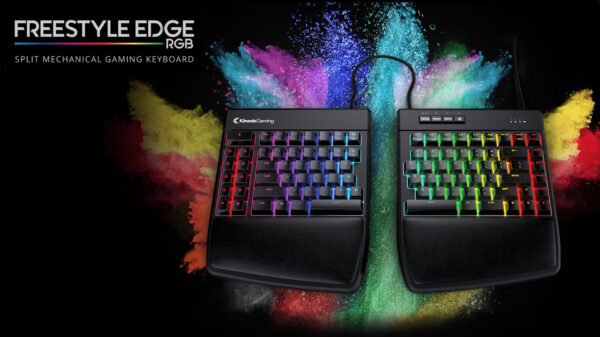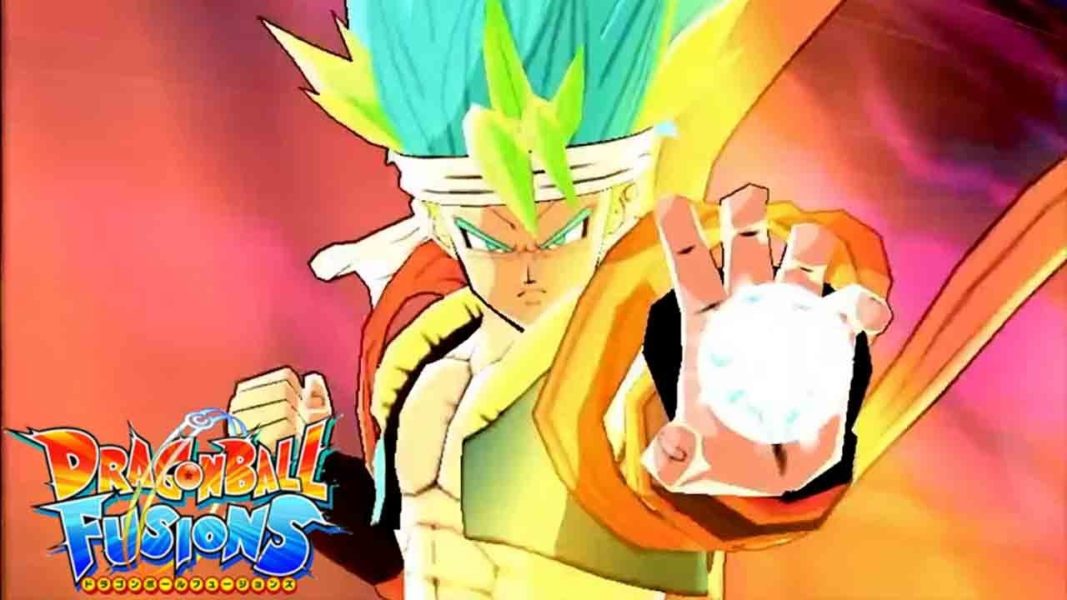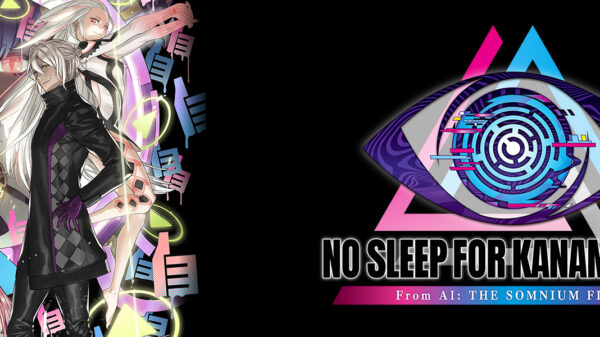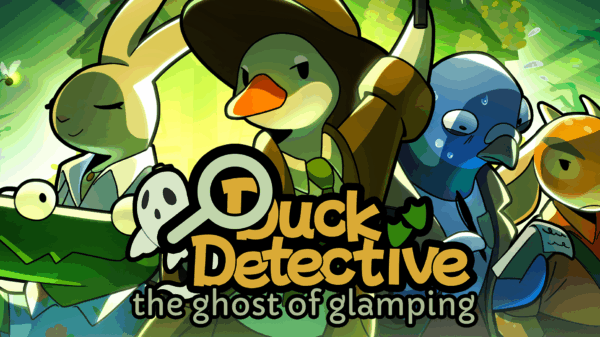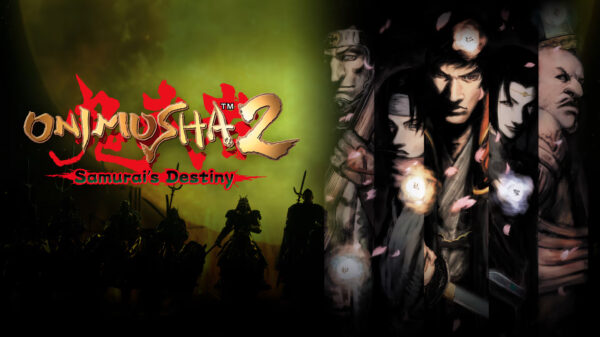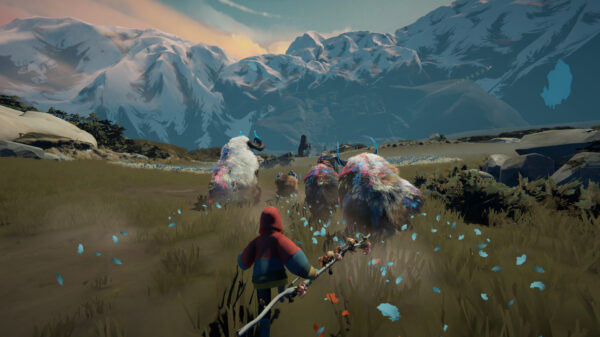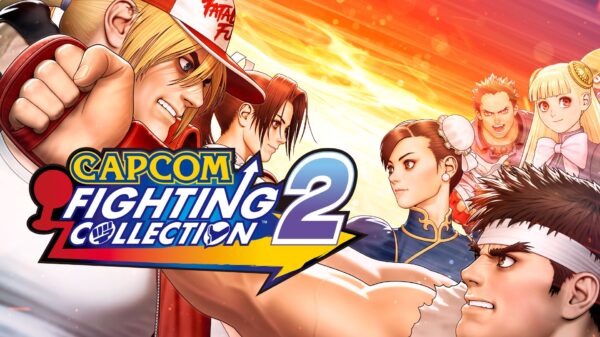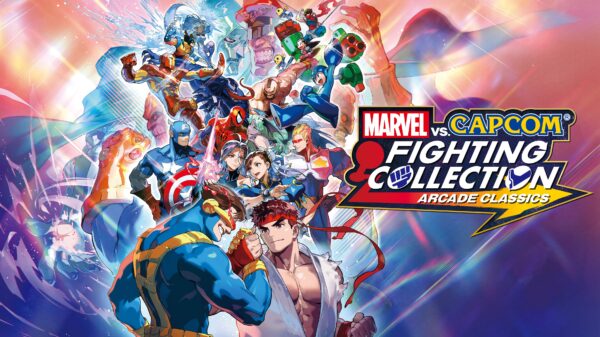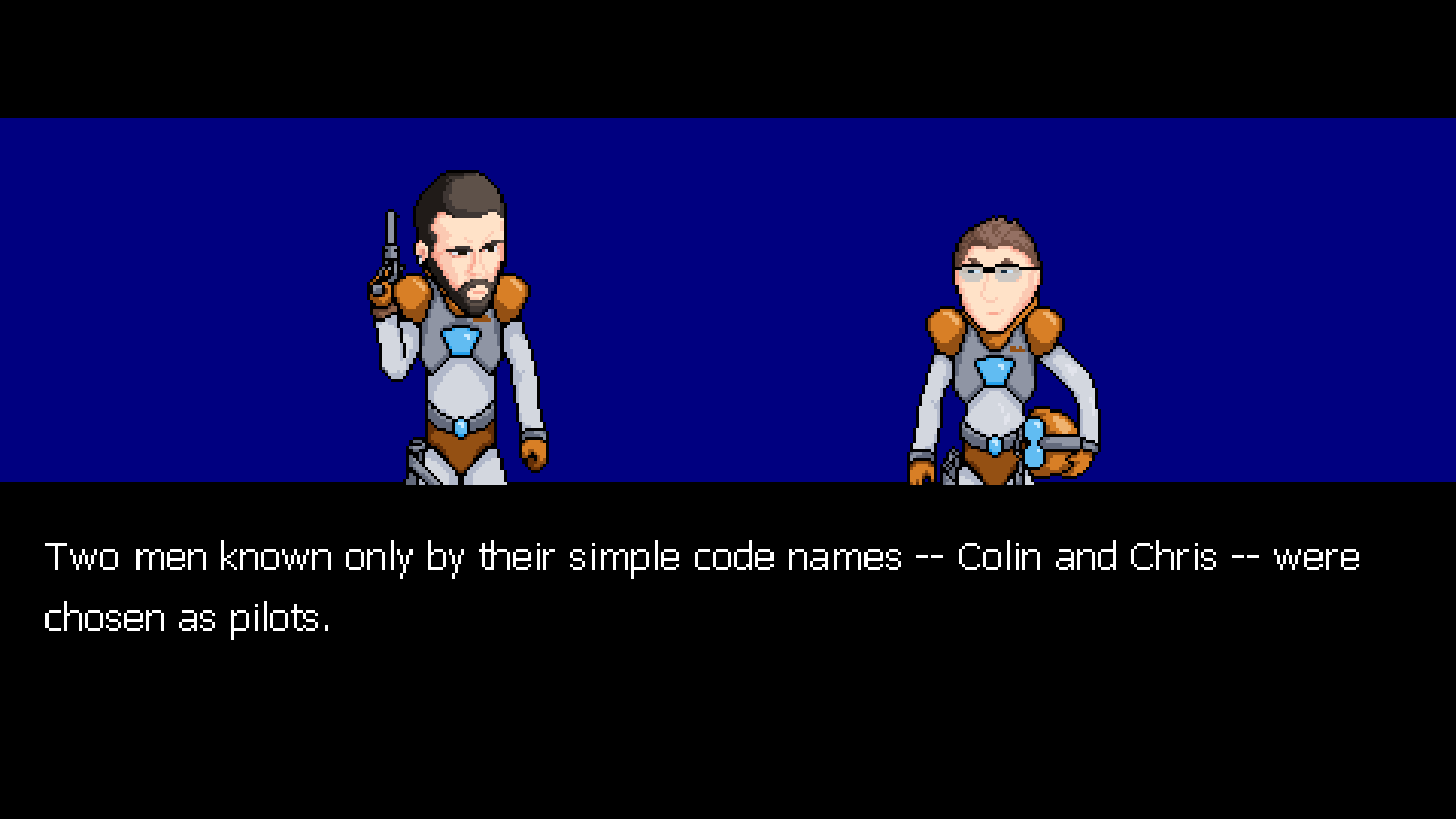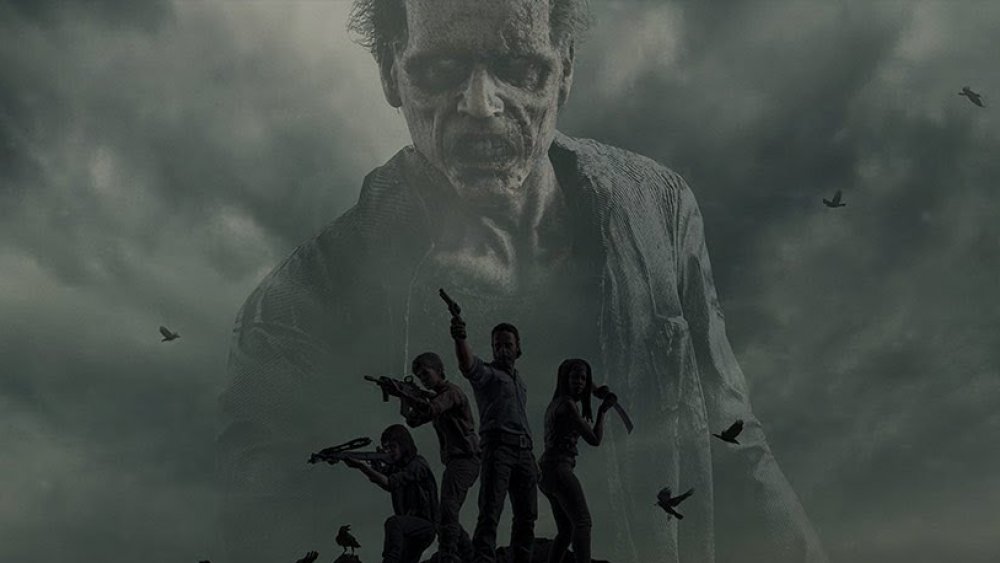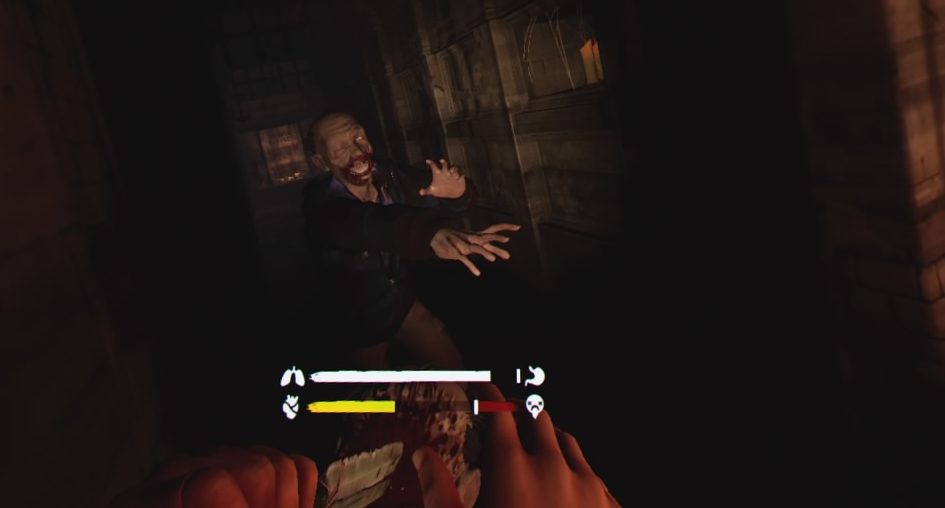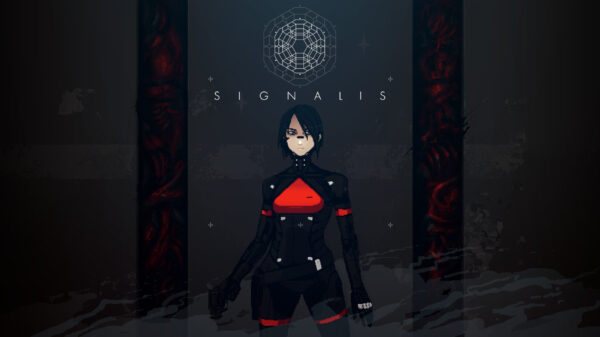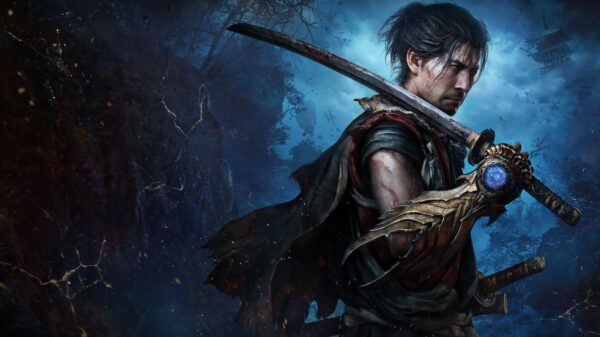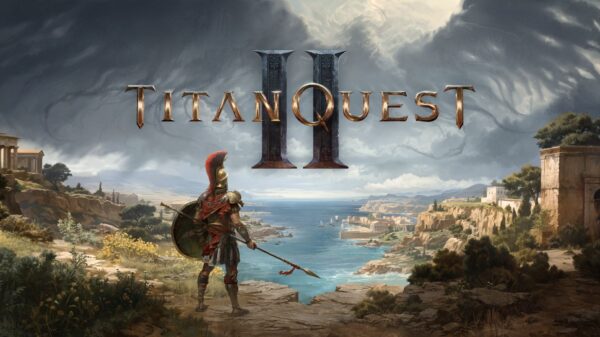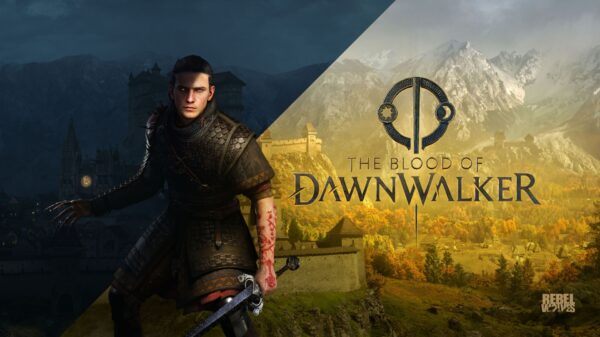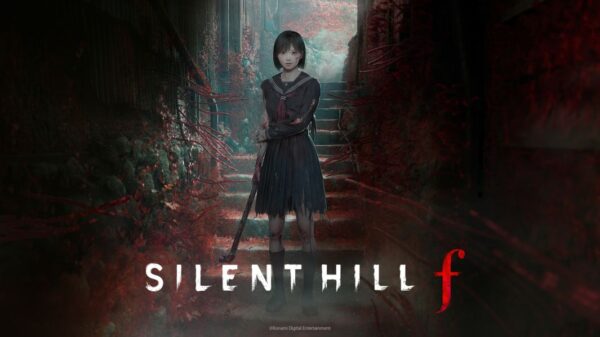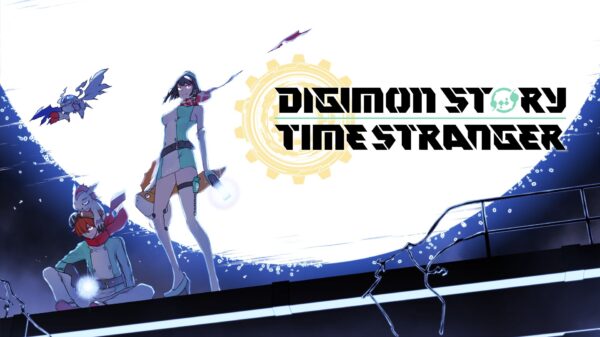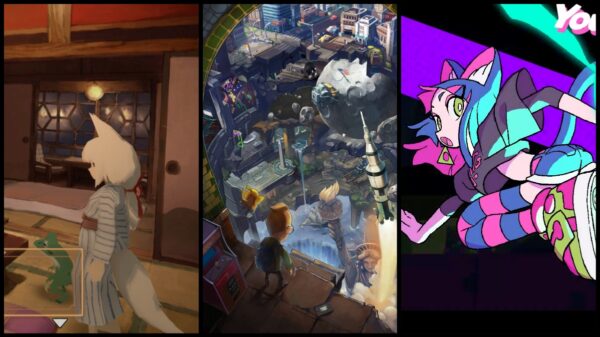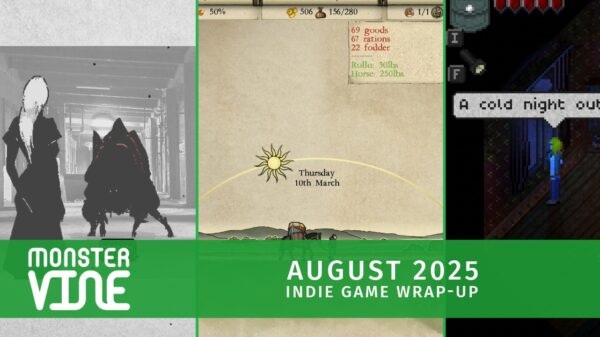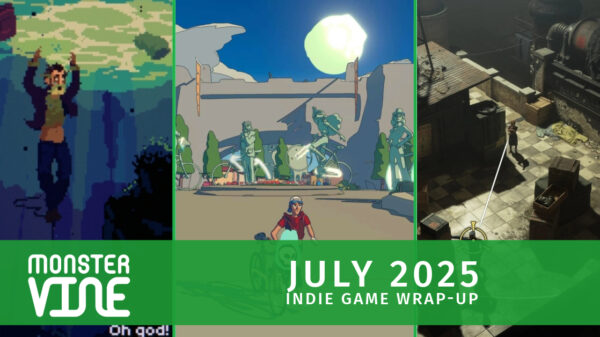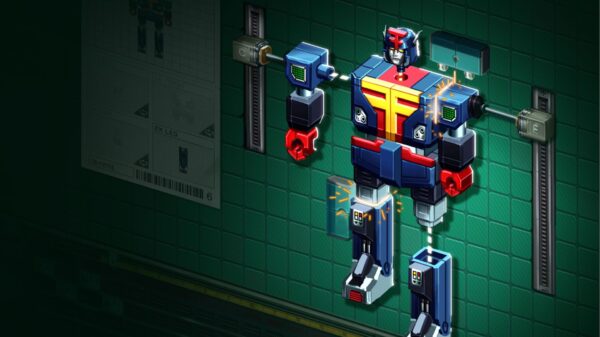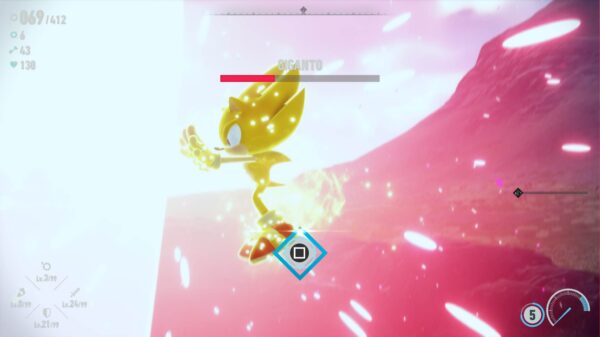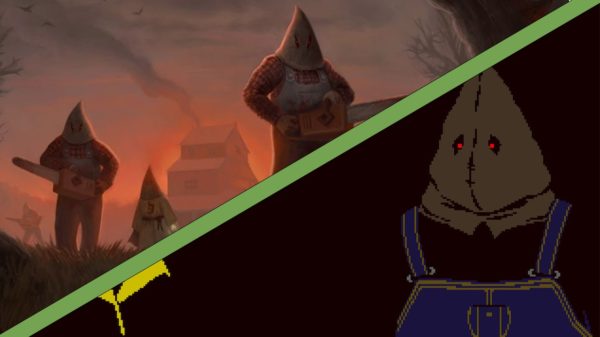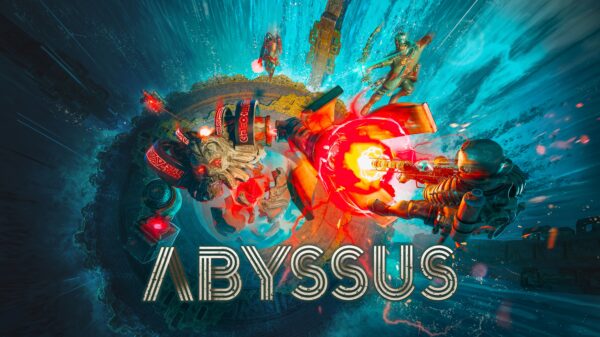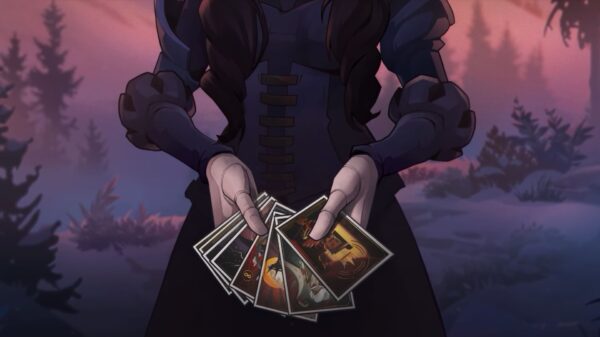SHINOBI: Art of Vengeance takes the almost 40-year-old Shinobi series and completely revitalizes it into the search action genre due to its silky fighting game combos, gratifying maneuvers, sensational tricks, with exemplary and satisfying results abound. Lizardcube, the developers of Wonder Boy: The Dragon’s Trap and Streets of Rage 4, have reinvigorated yet another prolific franchise, and Art of Vengeance has undoubtedly become one of my favourite 2D action-platformers of all time.
Shinobi: Art of
Vengeance
Developer: Lizardcube
Price: $41.99 CAD
Platforms: Nintendo Switch, PlayStation 4,
PlayStation 5 (reviewed), Steam
The writer was provided a PlayStation 5 code for
review.
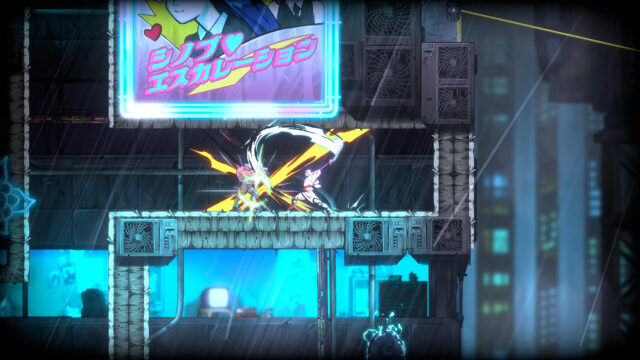
More and more games have been receiving renewals and reboots into completely different genres, such as Prince of Persia: The Lost Crown or the recent Shadow Labyrinth, taking a wholly different route from the multigenerational Pac-Man IP. SHINOBI: Art of Vengeance takes one of Sega’s now lesser-known IPs and shifts into overdrive, since there has not been a Shinobi game for more than a decade at this point.
Art of Vengeance has you playing as Joe Musashi from the Oboro clan, and though Joe Musashi is an established character, even with appearances in Sega’s properties over the past decade in games such as Sonic & All-Stars Racing Transformed and Project X Zone 2, Joe has been pretty sidelined without leading a new game for quite some time. Thankfully, this game requires zero fore knowledge and has you playing as Joe trying to enact revenge on the ENE Corp, led by Lord Ruse, who has enacted a genocide of the Oboro clan, and Joe wants vengeance, while he protects his pregnant wife, Naoko, and the few remaining allies still alive. I thought it was really cool that one of the first characters you see and interact with is a pregnant woman. I cannot remember the last time that has ever happened in a game, especially at the very start. A detail many may just gloss over, but really impactful in its own way of representation.
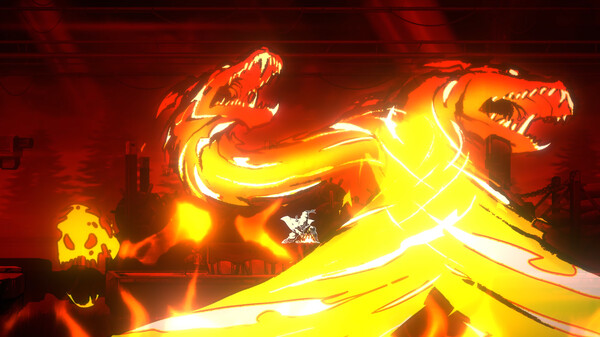
Coming off of investing myself in the massive world of Shadow Labyrinth for several weeks, where every single sort of upgrade needs to be unlocked, I loved that Joe already had many tricks, combos, and maneuvers at the ready from the start. Dodging, light/heavy slashes, double jump, wall running, and mid-air dashes are all available early on. This exemplifies how well-trained Joe already is and allows you to start getting a feel for his moveset, while you quickly unlock new combat skills and powerful ninpo.
There are four types of skills Joe has mastered: Ninjutsu, Ninpo, Ningi, and Combat Moves. Ninjutsu takes time to build up by receiving rage orbs from enemies or getting hit by attacks, but the outcome is monstrous by allowing Joe to use Karyu to summon dragons to ignite and burn enemies on screen. Ninpo are skills built up by dealing damage to enemies through combos and using a Ninpo Cell to deliver Water Ninpo, which is a counterattack or even Bomb or Kunai Burst Ninpo that can only be used mid-air, but throws a large bomb and an onslaught of kunai, respectively. Ningi are traversal and movement skills, like Ninja Claws, that allow Joe to climb special surfaces or the Cannon Punch, which can destroy powerful barriers and even destroy enemies with armor. Lastly, there are Combat Skills, which are your main means of fighting–light/heavy attacks, throwing kunai, and by vanquishing enemies to earn in-game currency to purchase new Combat Skills from the Shopkeeper, you can unlock Double Slash, Knee Attack, Spin Slash, and many more.
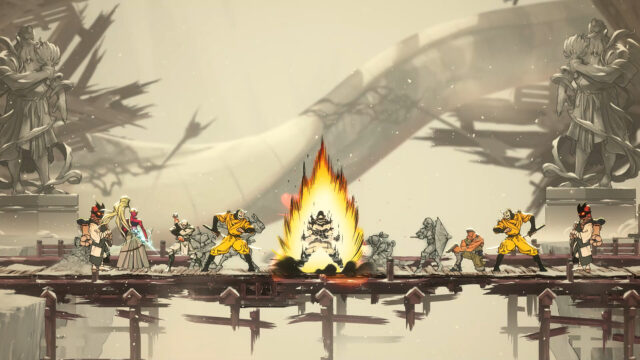
SHINOBI: Art of Vengeance is a Masterclass in Modern Ninja Action
These four types of skills all work in tandem with each other, allowing you to create combos and develop new methods of execution as a Shinobi. Moves are also broken down in terms of Damage, Armor, and Execution. Fire Ninpo is powerful in dealing damage, but is ineffective in destroying the armor of tougher enemies, so something like your Shuriken Ninpo may cause less damage, but destroys enemy armor much quicker. Execution is built up on an enemy-by-enemy basis, and some skills and combos are more effective in building these up much quicker, like using light/heavy attacks, then throwing kunai in between these combos that build up execution much faster. When execution is built up on one enemy or multiple, Joe can slash through each of them, even if they are at full health, to instant kill. Executing foes grants you more currency, health, and kunai drops–let alone how satisfying it is each time, even if you are solely just executing one foe at a time.
I found myself using the entire skill set I had unlocked, and whenever I unlocked a new combat skill, I was able to weave it in to make it second nature to me in combat. I rarely ever used the same combat maneuvers in a row. By using everything at your disposal, you can build up a hit count, which only exhausts once hit, but the rewards are plentiful. It does not just make you see your prowess and feel superb, but the Amulets you can equip, like the Power Booster, increase your overall damage as long as you have a Hit Counter of 15 or more. The game incentivizes you to use Ninjutsu, Ninpo, Ningi, and Combat Moves to keep that Hit Counter going. Though you will be hit and have to build up the Hit Counter again to reach the benefits of the passive boosts, I never felt too slighted. I improved each time, used, and created new and longer combos to me instantaneously amongst new enemies the game threw at me, and was able to reach more than 100 Hit Counter often.
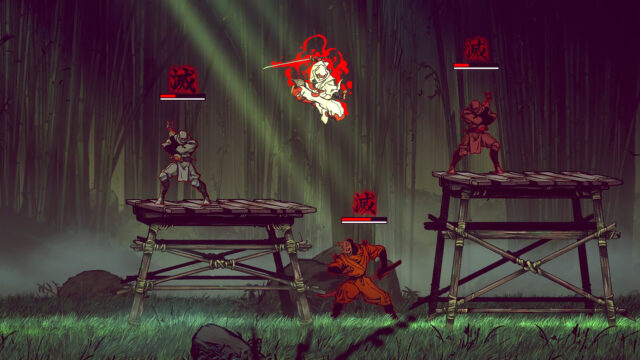
Sega’s Shinobi Returns Stronger Than Ever
Each stage is laid out in a multilevel map with various secrets abound, and many of these secrets, you will not be able to uncover your first go through a la the basis of search action titles, but every time I earned a new traversal method, I quit the current level I was on, went back to a previous level and dove into those secrets I could not reach on my first completion of the level. I have never done that in an action-platformer. Right, when I got the Cannon Punch that could now break green/sturdy walls, I exited, and went back to the game’s first level, and went to find secrets, either new skills or Oboro Relics, which can be exchanged with our ghostly pig shopkeeper to unlock new skills in the shop to purchase.
One of my favourite aspects of the game is the many different types of bosses you encounter, which are pretty tough and do take multiple tries to beat. These bosses are where your combat skills really shine, since they have massive health bars and you can dish out long, powerful, and stylish combat melodies. Some bosses are much larger than Joe, and some are more humanoid, but I found quite a challenge with the assortment of bosses, enemies, and groups the game throws at me, with extremely memorable bosses, since each level ends with a boss fight.
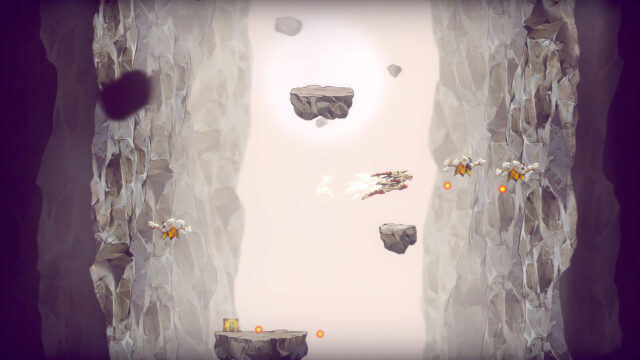
To break up the game’s combat, there are bonus stages like riding your dog Yamato in a more arcade-style on-rails section, and Ankou Rifts are additional hidden sections that very much put your platforming skills to the test. Having to avoid spikes, lasers, and completing Ankou Rifts created by the Reaper was trial and error, but these platforming sections aided me in having a better handle on the game itself. The game urges and continually uses many different methods to help improve your own gameplay. Though you will die an immense amount throughout the game, I continued each time without hesitation. One time, I could not beat a boss after multiple tries, so I left to play a previous level, unlock a new Ninpo from defeating a different level’s boss, and brought that new Ninpo to the boss I was having trouble with, and with great success, it all worked out in victory by implementing new tools to my arsenal.
Another aspect I enjoyed about completing puzzles is that hazards are then completely gone. It may seem insignificant, but many search action games—even after completing a puzzle will want you to get out of the area with all the hazards in a continual state. Shinobi grants that sense of levity after accomplishing a puzzle, especially since many of these puzzles have hazards that, once touched, you have to start over from the beginning. It is reassuring that once I finished a puzzle, I could get out of that area without instant kill flames circling around.
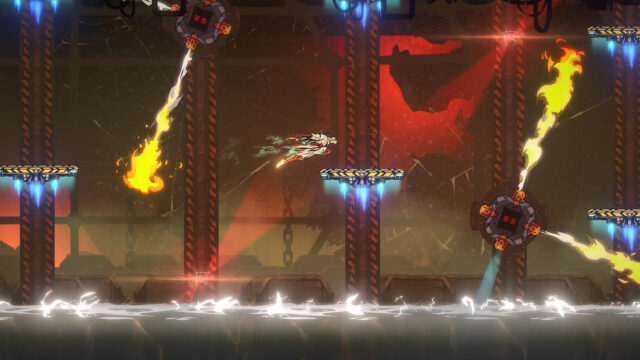
 The
Final Word
The
Final Word
I could go on and on gushing about how much I truly love
SHINOBI: Art of the Vengeance. From its
stylish, quick-witted gameplay and challenging
experience to its beautifully designed character
portraits with maps, I scrape to uncover each secret
until I reach that 100% completion. Wonder Boy: The
Dragon’s Trap was one of my first games I
played on the Nintendo Switch that introduced me to this
developer, and Lizardcube has done it again with
Shinobi’s rejuvenation of smooth and sleek
gameplay.
MonsterVine Rating: 5 out of 5 – Excellent
